6 ways to control your unemployment tax costs
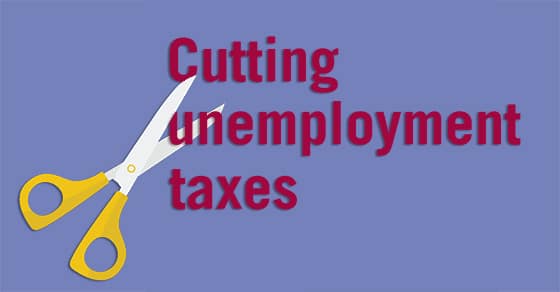
Unemployment tax rates for employers vary from state to state. Your unemployment tax bill may be influenced by the number of former employees who’ve filed unemployment claims with the state, your current number of employees and your business’s age. Typically, the more claims made against a business, the higher the unemployment tax bill. Here […]
Could captive insurance reduce health care costs and save your business taxes?

If your business offers health insurance benefits to employees, there’s a good chance you’ve seen a climb in premium costs in recent years — perhaps a dramatic one. To meet the challenge of rising costs, some employers are opting for a creative alternative to traditional health insurance known as “captive insurance.” A captive insurance […]
Material participation key to deducting LLC and LLP losses

If your business is a limited liability company (LLC) or a limited liability partnership (LLP), you know that these structures offer liability protection and flexibility as well as tax advantages. But they once also had a significant tax disadvantage: The IRS used to treat all LLC and LLP owners as limited partners for purposes […]
Can you spare $1,000?

What in the world is FATCA?
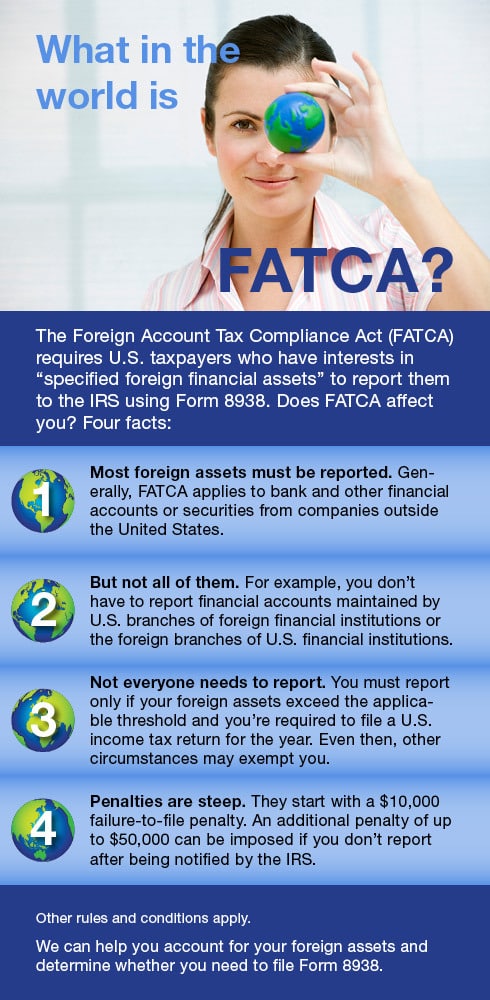
All fringe benefits aren’t created equal for tax purposes
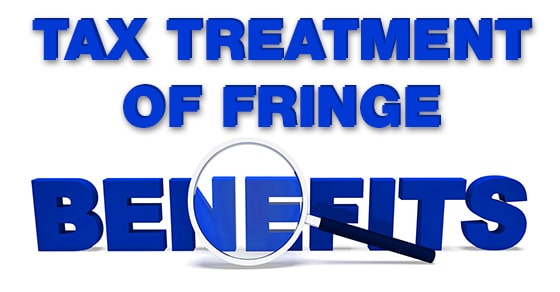
According to IRS Publication 5137, Fringe Benefit Guide, a fringe benefit is “a form of pay (including property, services, cash or cash equivalent), in addition to stated pay, for the performance of services.” But the tax treatment of a fringe benefit can vary dramatically based on the type of benefit. Generally, the IRS takes […]
ONE BIG, HAPPY family business
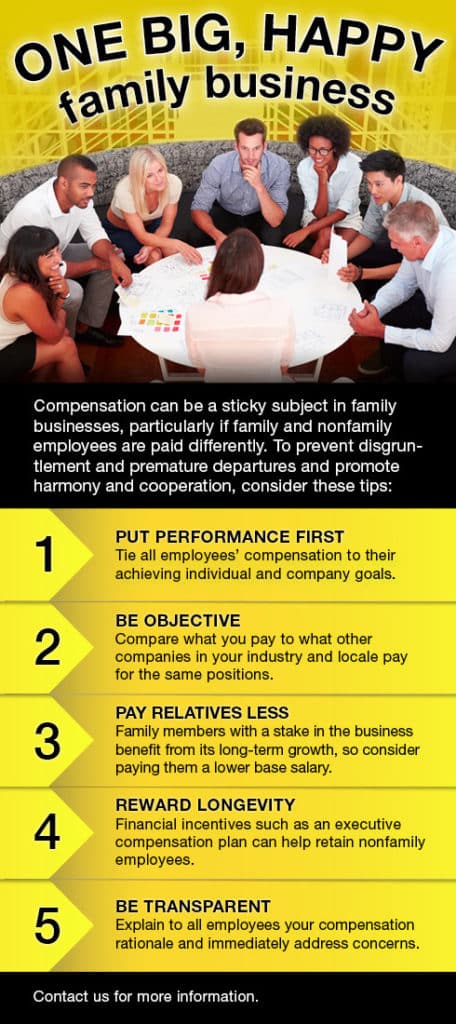
Which business entity?
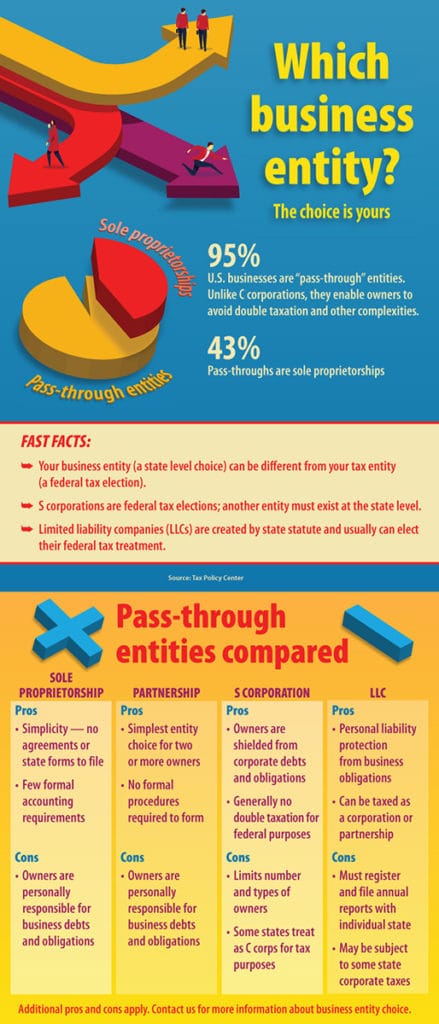
3 midyear tax planning strategies for business

Tax reform has been a major topic of discussion in Washington, but it’s still unclear exactly what such legislation will include and whether it will be signed into law this year. However, the last major tax legislation that was signed into law — back in December of 2015 — still has a significant impact […]
ESOPs offer businesses tax and other benefits

With an employee stock ownership plan (ESOP), employee participants take part ownership of the business through a retirement savings arrangement. Meanwhile, the business and its existing owner(s) can benefit from some potential tax breaks, an extra-motivated workforce and potentially a smoother path for succession planning. How ESOPs work To implement an ESOP, you establish […]

